Introduction
The FIFA World Cup 2022 may be over, but the story of Belgian striker Romelu Lukaku’s performance against Croatia will be remembered as one of the tournament’s most heartbreaking tales. Despite his high transfer fee tagged to his name, Lukaku’s inability to convert easy chances led to Belgium’s early exit. But what if there was a way to unlock the reasons behind those missed opportunities? With the power of AI in the generation of sports highlights, coaches, staff, and even Lukaku himself can uncover every move and decision made on the field, providing valuable insight and a chance for redemption in the next tournament.
Additionally, to speed up the process of sports content generation, media providers are looking into ways to have AI analyze the game footage and automatically pick out the highlight-worthy moments. Responding to the emerging demand, tech companies are adopting AI and ML algorithms to pinpoint the best moments of sports.

Source: DLabs
Learning Objective
- Understand the role of Artificial Intelligence in the generation of sports and how it can help coaches and players analyze and improve their performance.
- Explore the impact of AI on how we watch and relive sports action on the field and how it has revolutionized.
- Familiarize yourself with the technology top companies like WSC Sports use in creating highlights and how they use AI to put together highlights of the games in real-time.
- Understand how AI is used to analyze and categorize the excitement of a broadcasted game into different levels (player, spectator, and commentator) and how it can help create appropriate clips.
This article was published as a part of the Data Science Blogathon.
Table of Contents
- Video Highlights: The AI Fabric for Sports
2.1 AI in Sports Highlights: Understanding the Impact
2.2 Leveraging Artificial Intelligence in Sports Video Highlights: Examples and Innovations - Decoding the Techniques: AI for Video Highlights Generation in Sports
3.1 Optical Character Recognition (OCR)
3.2 Neural Networks
3.3 Digital Image Processing
3.4 Natural Language Processing (NLP)
3.5 Machine Learning - AI in Sports Highlights: Future Opportunities and Way Forward
- Conclusion
Video Highlights: The AI Fabric for Sports
The FIFA World Cup 2022 has come and gone, but the way we watch and relive the action on the field is forever changed, thanks to the power of AI. For example, JioCinema, a streaming platform not the first choice for many viewers in India, quickly made a name for itself with its innovative approach to coverage. Despite some initial streaming issues, JioCinema eliminated delays and introduced new features like Hype Mode and multi-cam view. But what’s truly revolutionary is how they’re using AI to put together highlights of the games.
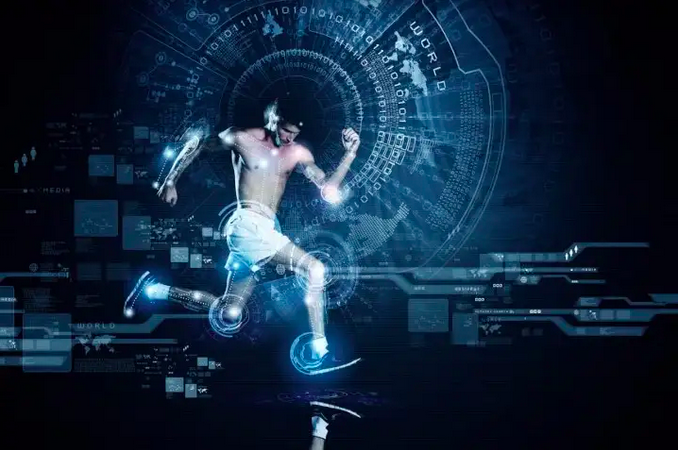
Source: GreatLearning
Gone are the days of waiting for a day or two to see video highlights of your favourite sport. With AI, analysts can race against time to curate a 6-7-minute recap of the entire game, leaving no room for error. AI can quickly search and find the important moments in the game and compile them into highlights in real-time. This is the future of sports coverage, and it’s an exciting time to be a fan.
AI in Sports Highlights: Understanding the Impact
The technology used by WSC Sports, called Videoverse, uses advanced machine learning techniques to analyze video, audio, and data from live sports coverage to identify and highlight pivotal moments. These moments are then fragmented into multiple levels, categorized, and labelled. The algorithm uses optical character recognition, neural networks, and digital image processing techniques to detect in-game events and “quasi-content” and store them independently. This allows the system to recognize high-drama, tense moments within the game’s action and use that information to create appropriate clips and highlights that can be easily shared with spectators.
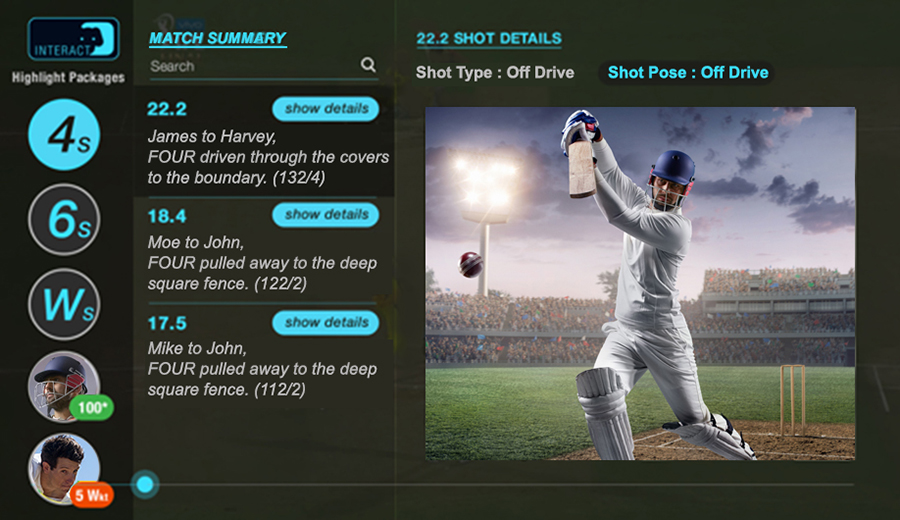
Source: Prime Focus Technologies
AI analyses and categorises a broadcasted game’s excitement into three levels: player, spectator, and commentator. AI can capture the moment a player scores a goal, detect the level of excitement of the crowd, and analyze the tone of the commentator during the game. It’s also used to collect and analyze data on the tennis court, take cues from an ace hitting 100 miles per hour, detect reactions by viewers and use visual motion recognition to determine which moments should be saved for a highlight.
The use of AI-based video creation and automated delivery provides incredible experiences for users and tangible results to the people distributing content. For instance, during the Qatar World Cup in 2022, WSC Sports brought automated highlights in Web stories on Google Search, allowing fans to discover the latest actions as soon as they joined the game.
Leveraging Artificial Intelligence in Sports Video Highlights: Examples and Innovations
AI is being leveraged in various ways to create sports video highlights. Here are a few examples:
- Automated Highlight Reels: AI is being used to automatically create highlight reels of games, using visual motion recognition to determine which moments are most exciting and should be saved for a highlight reel. For example, IBM is developing a system that could produce artificially intelligent automated video highlights using its Cognitive Computing capabilities.
- Real-time Highlights: AI-powered systems are being used to create real-time highlights during a live game, making it possible for fans to access highlights as soon as they happen. For instance, WSC Sports uses AI to create real-time highlights for the World Cup and other sports events, with immediate, rolling updates that allow fans to discover the latest actions as soon as they happen.
- Contextual Highlights: AI analyses a play’s context and creates highlights relevant to the play. For example, an AI-powered system could be used to create a highlight reel of all the plays that led up to a game-winning touchdown.
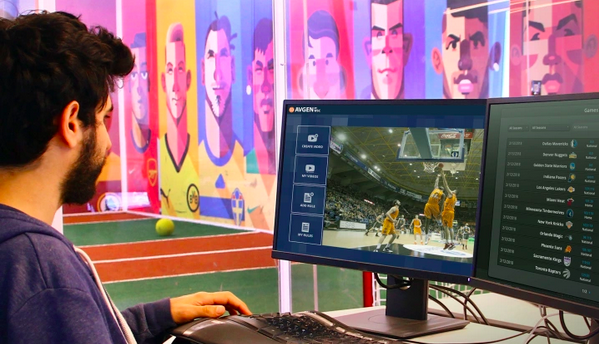
- Personalized Highlights: AI creates personalized highlight reels for fans based on their favourite teams, players, and plays. For example, an AI-powered system could be used to create a highlight reel of all the home runs hit by a favourite baseball player.
With the advancements in AI technology, video editing is becoming more efficient and effective. AI algorithms can pick up on the nuances of sports events, such as crowd reactions, player interactions, and even subtle moments in sports like golf, making it easier for editors to create immersive viewing experiences. Companies like CognitiveMill are utilizing cognitive computing to mimic human video perception, further enhancing the capabilities of AI in video editing. This technology enables broadcasters and editors to keep up with the fast-paced demands of creating content for desktop and mobile platforms. It’s an exciting time for the industry as AI revolutionises how we create and consume video content.
Decoding the Techniques: AI for Video Highlights Generation in Sports
Optical Character Recognition (OCR)
OCR is a technique that uses machine learning algorithms to analyze images and videos and recognize text within them. The algorithm processes the image or video, identify the text and converts it into machine-readable text. This process can be done in real-time, providing a quick and efficient way to extract relevant information from a video, such as a score, player names, and other relevant information. This information can then automatically generate captions and metadata for the video highlights.
Neural Networks
Neural networks are machine learning algorithms that can be used to analyze the video and identify patterns in the footage. These algorithms mimic how the human brain works, allowing them to recognize and identify patterns in large amounts of data. In sports video analysis, neural networks can be trained to identify specific events, such as a goal being scored or a foul taking place, by analyzing the footage. They can also be used to analyze the crowd reactions, player movements, and other visual cues to determine the game’s excitement and drama level.
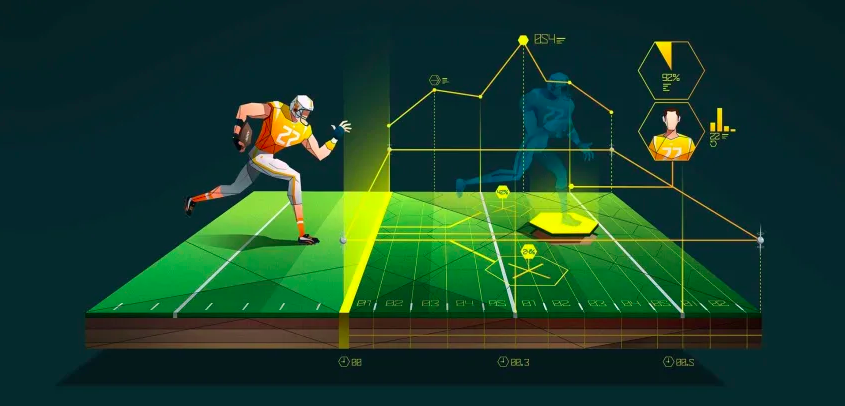
Digital Image Processing
Digital image processing is a technique that uses mathematical algorithms to analyze images and extract relevant information. The technique can be used to analyze the video footage and extract information such as player movements, crowd reactions, and other visual cues. This information can then be used to automatically generate highlights and clips, providing a quick and efficient way to create a game summary.
Natural Language Processing (NLP)
NLP is a technique that uses machine learning algorithms to analyze and understand human language. NLP algorithms can be used to analyze the commentary and detect the tone and sentiment of the commentator during the game. For example, the algorithm can detect when the commentator is excited, sad, or neutral. This information can then be used to generate additional highlights and clips based on the commentator’s perspective, allowing for a more immersive viewing experience.

Machine Learning
Machine learning is a technique that uses algorithms to analyze data and identify patterns and trends. In the context of sports video highlights, machine learning can be used to analyze a variety of data, such as player statistics, crowd reactions, and commentary, to make predictions about future events and to identify the most exciting and dramatic moments in the game. Machine learning algorithms can also be used to improve the accuracy of the other techniques mentioned above, such as OCR, Neural Networks, Digital Image Processing, and NLP.
AI in Sports Highlights: Future Opportunities and Way Forward
As technology continues to evolve, AI has the potential to revolutionize the way we create and consume sports video highlights. We are just scratching the surface of what is possible with these techniques. In the future, we can expect to see even more advanced AI algorithms that can provide more detailed and accurate analysis of sports footage. In addition, computer vision and deep learning advancements will also play a significant role in making AI-generated highlights more realistic and natural.
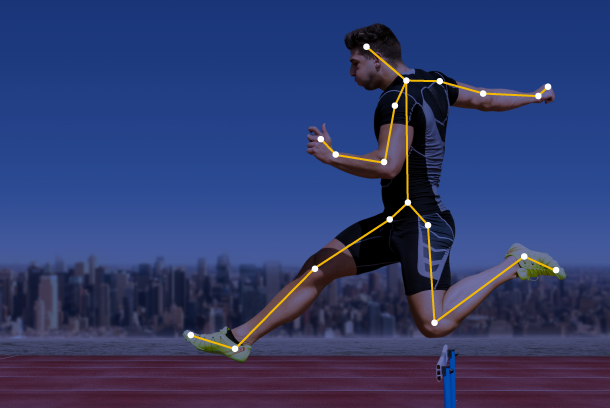
Source: IndiaCSR
The way forward for AI in sports highlight generation is to continue to improve and refine these techniques and explore new ways to use AI to create more engaging and immersive viewing experiences. This can include using AI to create virtual reality and augmented reality experiences, incorporating real-time data and statistics into the highlights, and even using AI to create personalized highlights for individual viewers. As technology continues to advance, the possibilities for AI in sports highlight generation are endless, and it is exciting to see what the future holds for this industry.
Conclusion
In conclusion, the use of Artificial Intelligence in the generation of sports highlights is revolutionizing the way we watch and relive sports action on the field. Companies like WSC Sports and JioCinema use AI and other advanced machine-learning techniques to analyze video, audio, and data from live sports coverage to identify and highlight pivotal moments in real-time. This allows for a more efficient and accurate way of creating and distributing sports highlights. With AI, coaches, staff, and players like Lukaku can uncover every move and decision made on the field, providing valuable insight and a chance for redemption in the next tournament. The use of AI-based video creation and automated delivery provides incredible experiences for users and tangible results to the people distributing content.
Key takeaways:
- Artificial Intelligence is revolutionizing the way sports highlights are created and distributed.
- Companies like WSC Sports and JioCinema use AI to analyze video, audio, and data from live sports coverage to identify and highlight pivotal moments in real-time.
- AI allows a more efficient and accurate way of creating and distributing sports highlights. Coaches, staff, and players can use it to uncover every move and decision made on the field and improve their performance.
- The use of AI-based video creation and automated delivery provides incredible experiences for users and tangible results to the people distributing content.
The media shown in this article is not owned by Analytics Vidhya and is used at the Author’s discretion.





